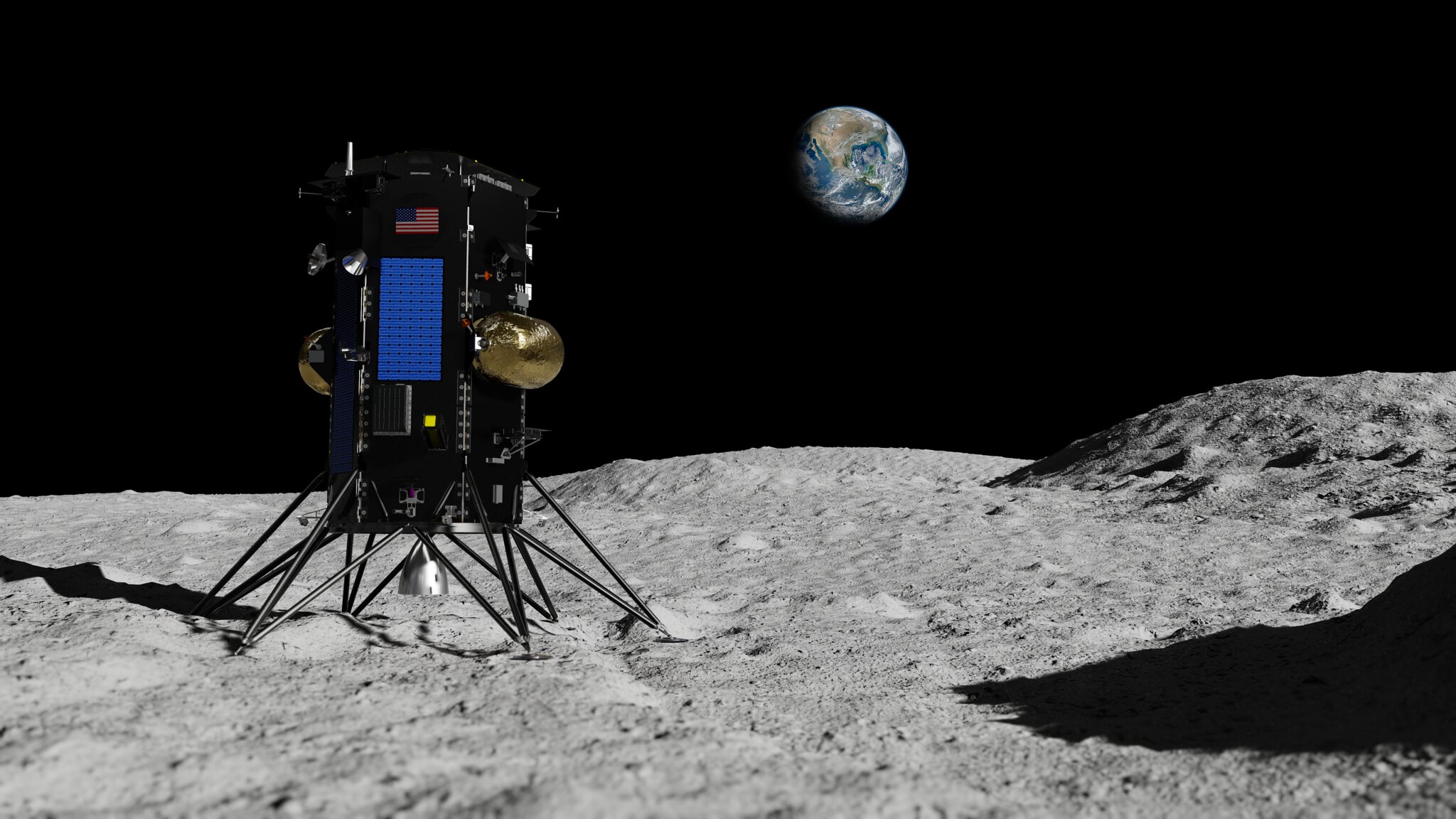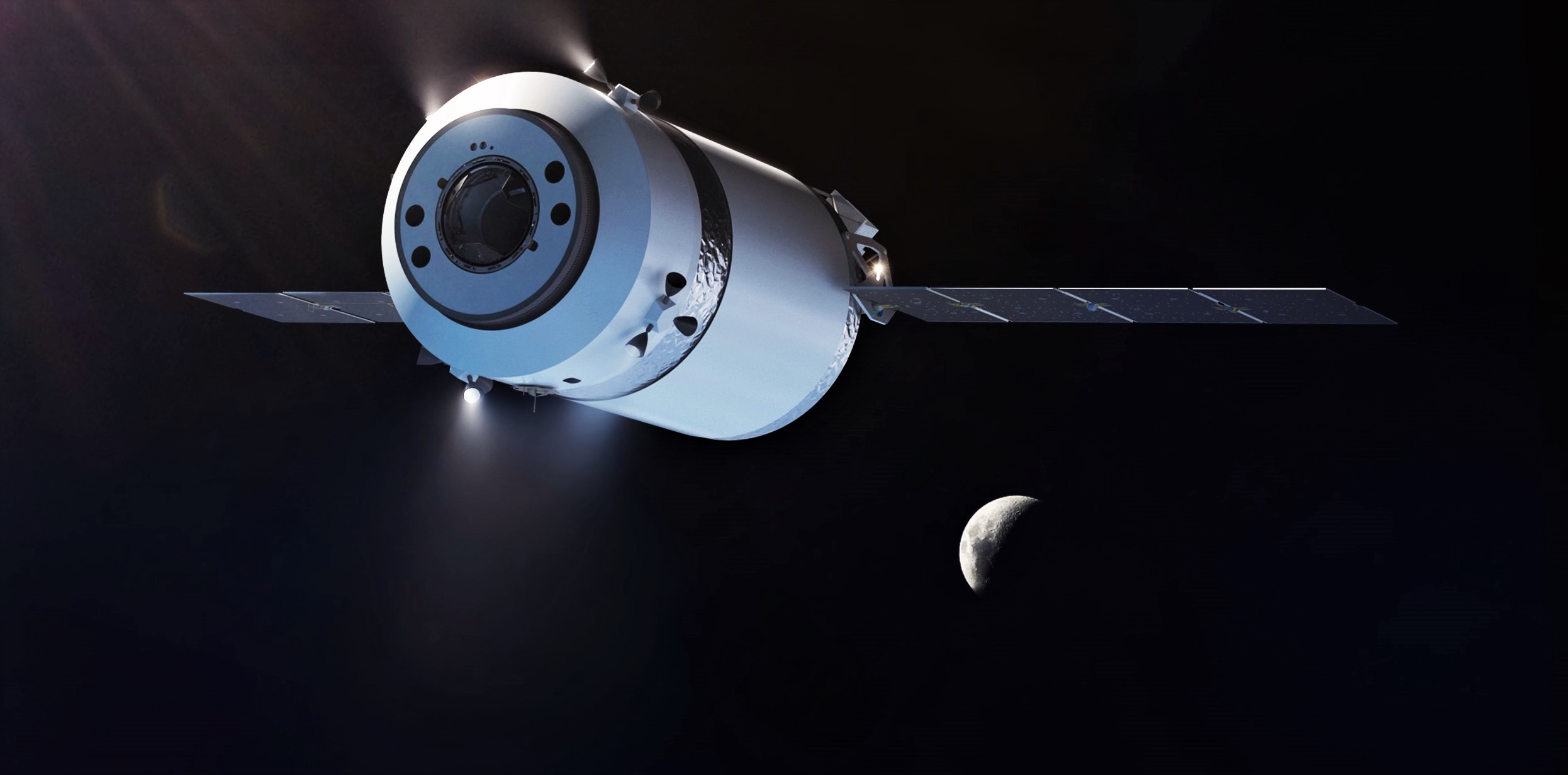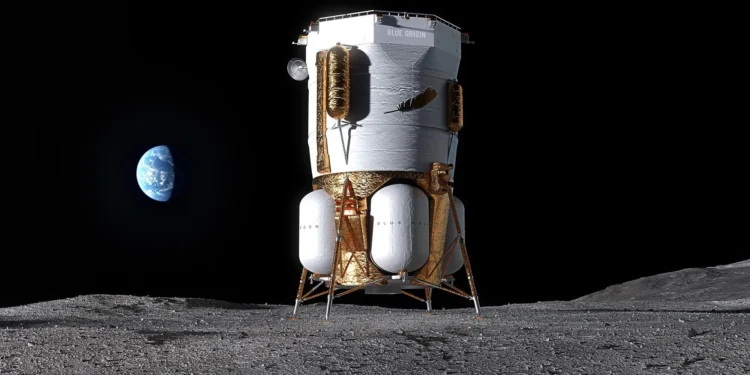In an ambitious move to further human exploration and scientific research on the Moon, NASA has enlisted the expertise of two aerospace giants, SpaceX and Blue Origin. This collaboration is set to revolutionize lunar cargo missions through the development of advanced landers designed to transport heavy equipment and supplies. As part of the Artemis missions, which mark a significant return to the Moon after more than half a century, these initiatives highlight a new era in space exploration.
SpaceX, led by visionary CEO Elon Musk, is expected to utilize its robust Starship cargo lander to ferry a pressurized rover to the lunar surface no earlier than 2032. On the other hand, Jeff Bezos’ Blue Origin has been tasked with delivering a lunar surface habitat, aiming for a launch no sooner than 2033. These endeavours are not just milestones but critical steps in supporting sustainable human presence and scientific advancement on the Moon.

Bridging Innovations with Traditional Space Missions
NASA’s strategy involves leveraging the unique capabilities of both companies, who are also developing human landing systems for the Artemis missions. SpaceX is preparing for Artemis III, while Blue Origin gears up for Artemis V. The adaptation of these human landing systems into cargo variants demonstrates an innovative approach to logistical challenges in space travel. These cargo landers are designed to handle payloads ranging from 26,000 to 33,000 pounds, a capacity that promises to significantly enhance the operational aspects of lunar missions.
“Having two lunar lander providers with different approaches for crew and cargo landing capability provides mission flexibility while ensuring a regular cadence of Moon landings for continued discovery and scientific opportunity,” remarked Stephen D. Creech, NASA’s assistant deputy associate administrator for the Moon to Mars program.

Pioneering the Future of Space Logistics
The involvement of SpaceX and Blue Origin in these missions is not just a testament to their technological prowess but also an indicator of NASA’s confidence in private spaceflight partners to handle increasingly complex aspects of space exploration. The decision to issue proposals to both companies at the beginning of next year sets the stage for what might be the most critical phase in preparing for these ambitious missions.
This collaboration between NASA and two of the most prominent figures in aerospace—Elon Musk and Jeff Bezos—highlights a pivotal shift in how lunar missions are approached. By integrating the innovative technologies of SpaceX and Blue Origin with the structured demands of NASA’s Artemis missions, the stage is set for a new chapter in lunar exploration. This partnership not only underscores the growing role of private enterprises in space travel but also ensures that the coming years will be marked by groundbreaking developments in how we explore and utilize our celestial neighbours.










